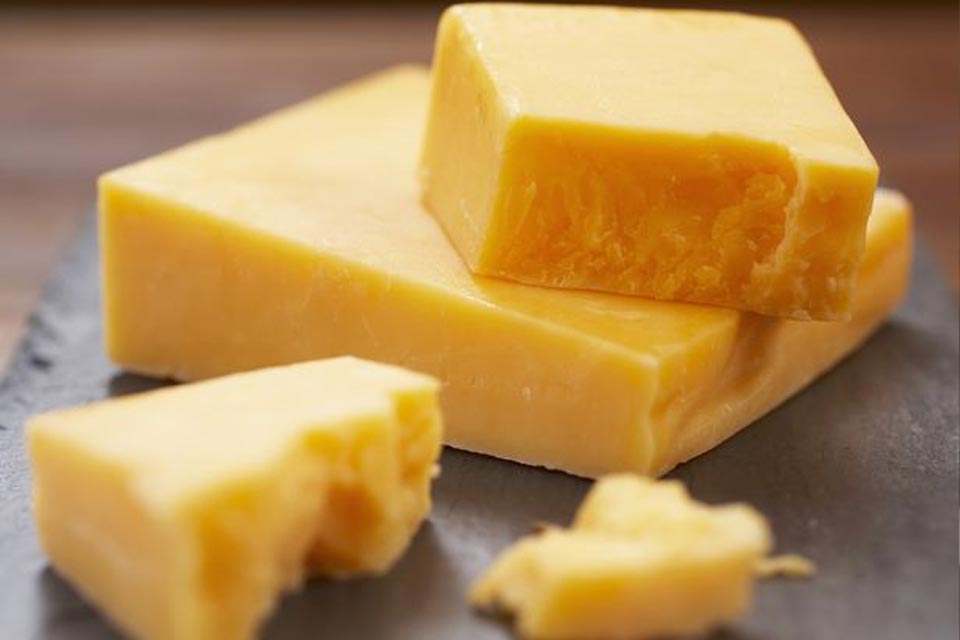Shhh! We want to let you in on a secret: Cheese is easy to make.
In fact, people around the world have been making cheese since ancient times. This is why we now enjoy a wide variety of cheeses with different flavours, textures and aromas.
Unfortunately, the art of cheese-making has been lost for generations in many families as we increasingly rely on store-bought products. However, it doesn’t have to be that way.
Making your own cheese is a fulfilling and fun activity for all members of your family.
The cheese-making process
Traditionally, cheese-making begins with pasteurising the milk to destroy dangerous bacteria. However, this part of the process is only required if you are using raw milk obtained directly from a farm. In most cases, the milk you use will have been already pasteurised.
For the home cheese-maker, the following are the basic steps:
Adding the starter
The starter (or culture) is harmless bacteria with characteristics to help preserve your milk by transforming it into cheese. Starters break down the lactose (milk sugar) to produce lactic acid when gradually added to warm milk. Always remember not to overheat or over-stir the mixture.
At this stage, colour can be added if you are making a coloured cheese.
Coagulation
Rennet is added to coagulate or solidify your milk mixture to create curds.
To ensure your curd sets evenly, always dilute the rennet in ten times its volume of cooled boiled water. Never use hot water and always rinse your measuring utensils in boiling water before using them to measure the rennet.
The mixture is left to set like a junket. You will know your mixture has set when it forms a clean break if cut with a knife and the whey (or liquid part of the milk) is a clear greenish colour.
Curd handling
This is the fun part of the cheese-making process where it all starts to come together.
Cutting the curd – Generally you cut the curd in a criss-cross to break it into smaller pieces. However, check the recipe as some cheeses require a different cutting technique. Ensure you cut through the curd right to the bottom of your pot or saucepan.
Heating or cooking – This helps firm the curd and remove the whey. You may also need to gently stir the mixture depending on the style of cheese you are making.
Draining – This step separates the curd and whey. Some recipes also call for the mixture to be milled which involves cutting the curd into even smaller pieces before adding salt.
Salting – Depending on the type of cheese you’re making, coarse salt is added to the curds before they are moulded. Some cheeses require the salt added to the surface of the finished product or the cheese is placed in saltwater brine.
Hooping the curds – This is where the mixture is placed in a cheese hoop or basket to mould it into its final shape.
Pressing
Once the curds are in a basket lined with clean cheesecloth, pressure is placed on them to remove any remnant whey and to mould the curds into your desired shape. The amount of pressure and time taken to press the cheese is determined by the style of cheese you are making.
Maturing
Probably the most important part, aging your cheese gives it the desired flavour and texture. Check your recipe for details on the temperature, humidity and other optimum conditions for maturing your product.
Other common cheese-making terms
Annatto
A natural vegetable dye used to colour cheese yellow, orange or red.
Casein
The main protein in milk which enables milk to transform into cheese.
Dry Matter
Any part of cheese excluding moisture. It can refer to the fat, protein, sugars and minerals.
Grana
An Italian term referring to hard cheeses mostly used for grating such as Parmesan.
Homogenisation
The process of breaking up the fat globules in milk.
Pasteurisation
The process of heating raw milk to a specific high temperature for a set period of time to destroy harmful pathogens or bacteria.
Ripening
Sometimes confused with the maturing process, ripening actually refers to the stage just after the starter is added to the milk. It is at this stage the milk increases in acidity before rennet is mixed in.
See the Getting Started page for more details on what you need to begin making your own cheese.

